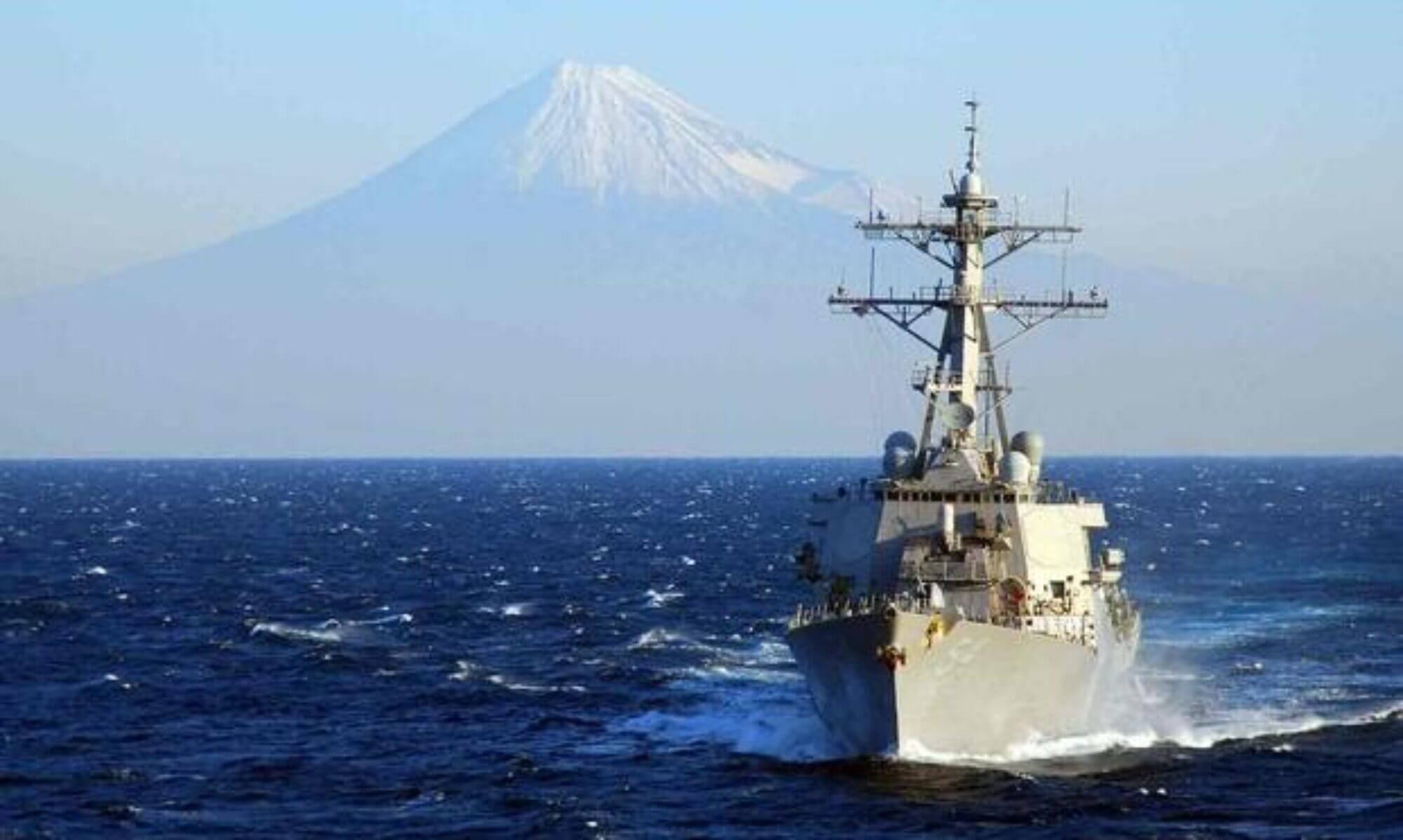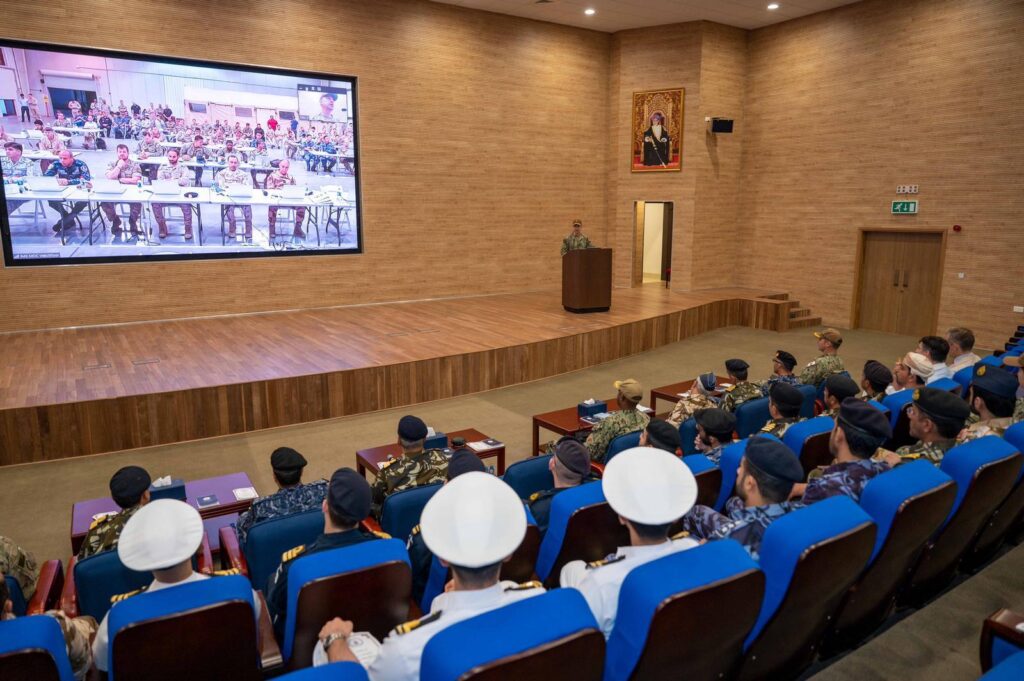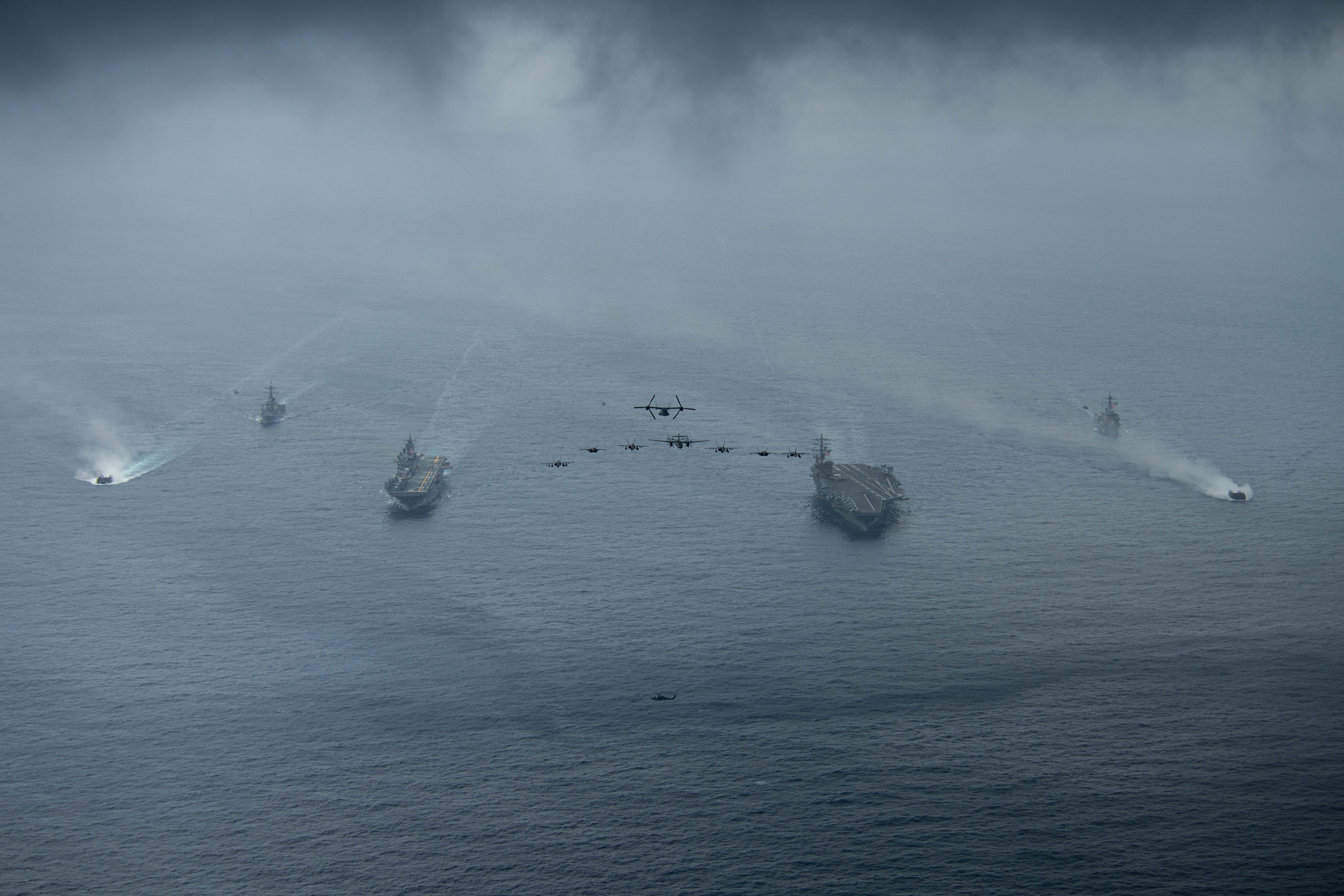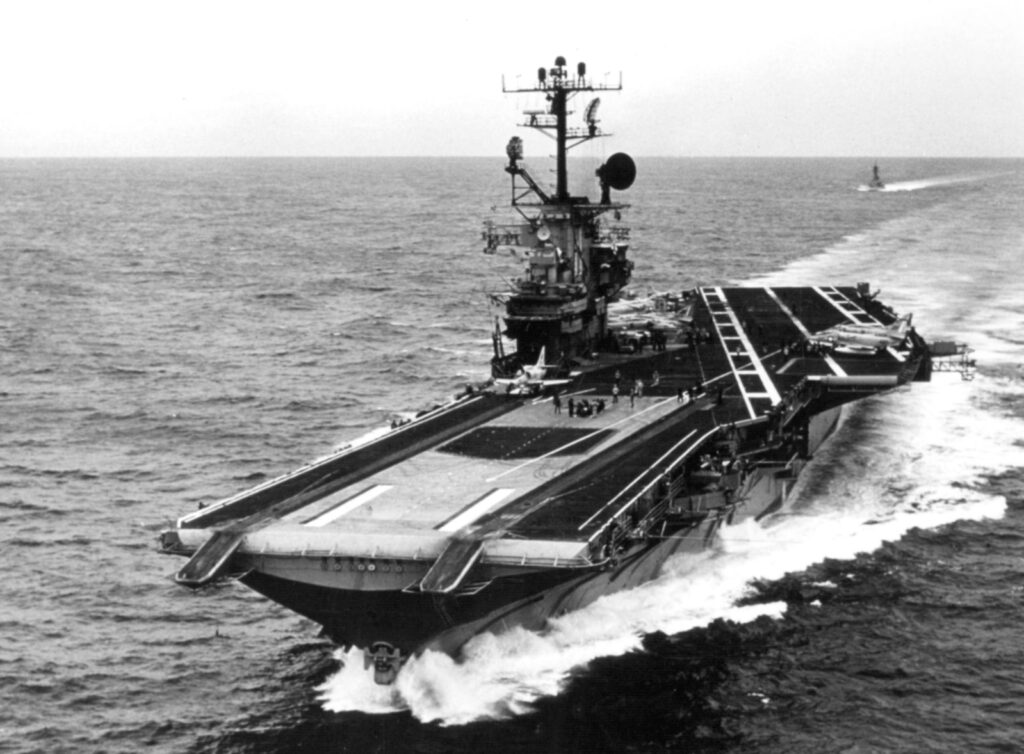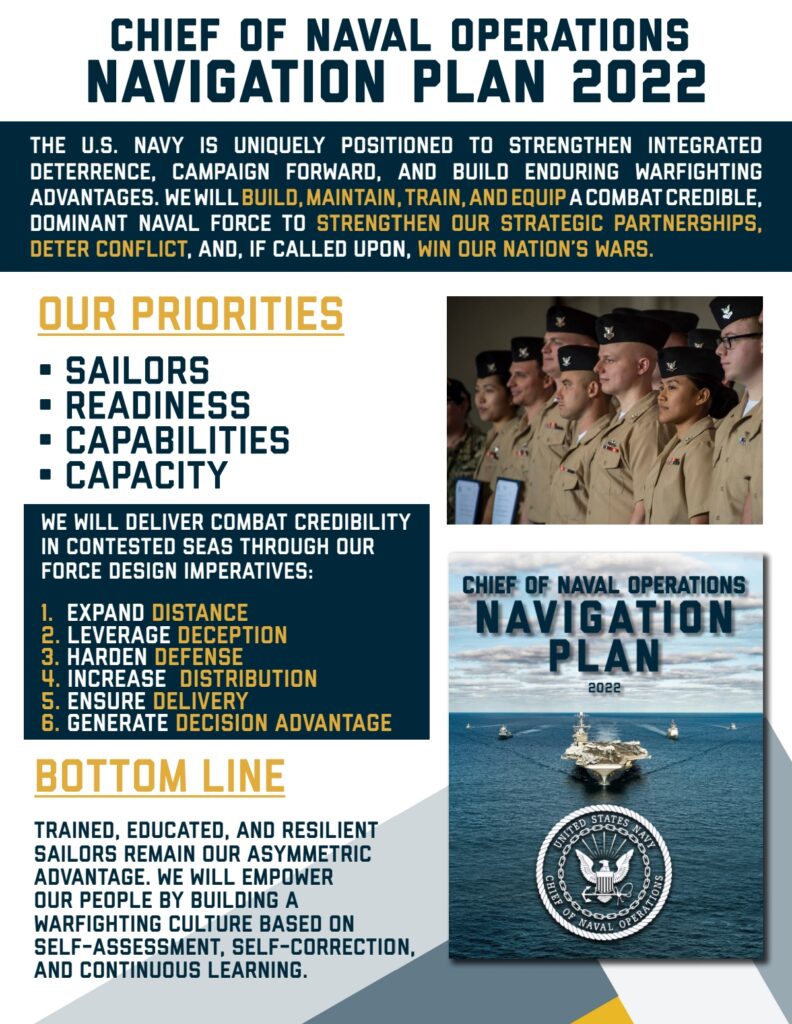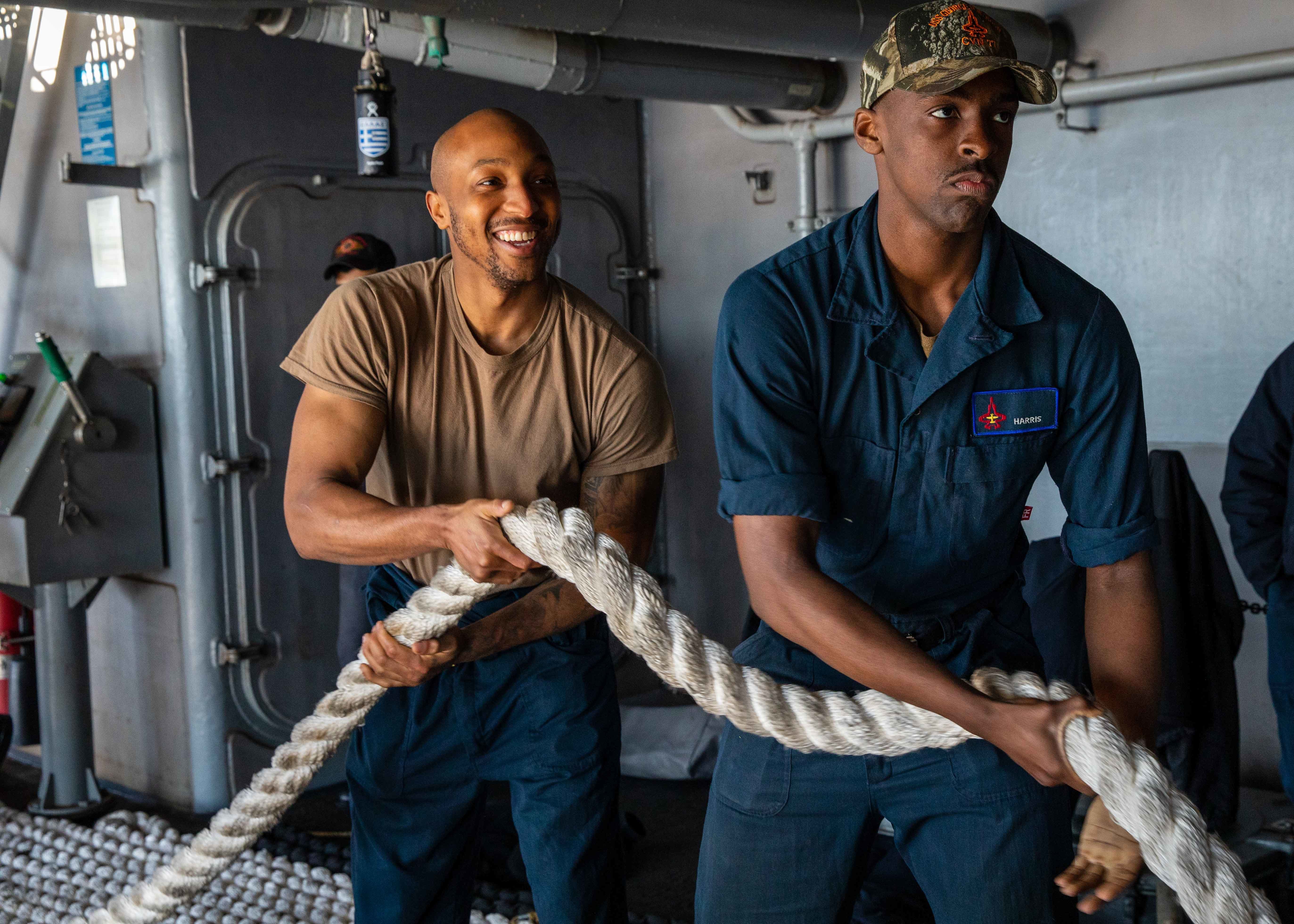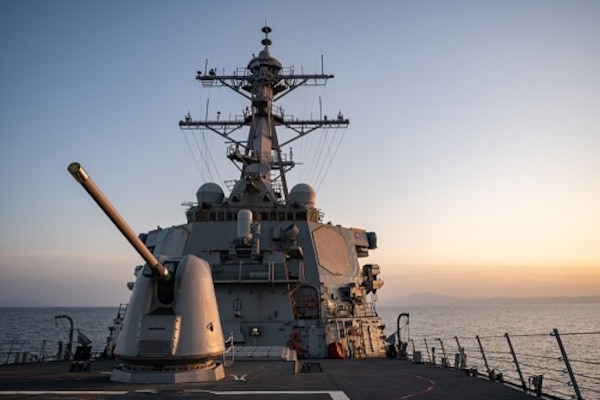
Dear Crew of the USS Barry,
Welcome home! On behalf of Americans for a Stronger Navy, we want to express our deepest appreciation and gratitude for your service to our country over the past six years.
The USS Barry has accomplished so much during its time in Japan, including participating in several multinational exercises and conducting numerous successful operations in the Indo-Pacific region. Your service has helped to promote stability, peace, and security in the region, and we are all incredibly proud of the contributions you have made to the defense of our nation.
Serving your country is an incredible honor and a cherished responsibility that is respected and admired by those at home. Your efforts to protect our freedoms and values, and we are grateful for your unwavering dedication and commitment to duty. Your service and sacrifice remind us of the importance of the Navy’s mission and the vital role it plays in ensuring the safety and security of our nation.
We know that the past six years have been challenging, with long deployments and time away from family and loved ones. We are grateful for the sacrifices you have made and the personal challenges you have overcome to serve our country.
We hope that as you reunite with your families and loved ones, you feel the gratitude and appreciation of a grateful nation. Thank you for your service, and your dedication to the Navy and to our country.
Sincerely, Americans for a Stronger Navy
Barry’s namesake honors Commodore John Barry, the Father of the American Navy, Revolutionary War hero, and first commissioned officer in the United States Navy. Barry is assigned to Destroyer Squadron (DESRON) 15, the Navy’s largest forward-deployed DESRON and the U.S. 7th Fleet’s principal surface force.
#ussbarry. #ddg52
